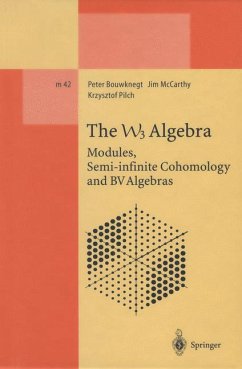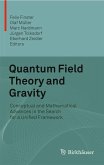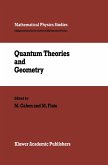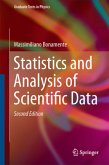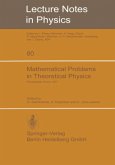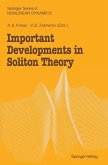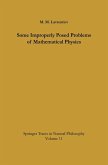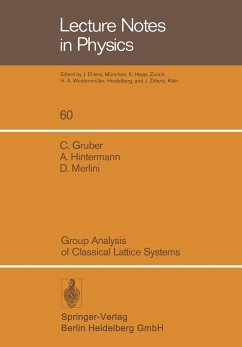The study of W algebras began in 1985 in the context of two-dimensional conf- mal field theories, the aim being to explore higher-spin extensions of the Virasoro algebra. Given the simultaneous growth in the understanding of two-dimensional metric gravity inspired by analyses of string models, it was inevitable that these algebras would be applied to give analogues of putative higher-spin gravity t- ories. This book is an exposition of the past few years of our work on such an application for the algebra: in particular, the BRST quantization of the n- critical 4D string. We calculate the physical spectrum as a problem in BRST cohomology. The corresponding operator cohomology forms a BV algebra, for which we provide a geometrical model. The algebra has one further generator, of spin three, in addition to the (spin two) energy-momentum tensor which generates the Virasoro algebra. C- trary to the Virasoro algebra, it is an algebra defined by nonlinear relations. In deriving our understanding of the resulting gravity theories we have had to - velop a number of results on the representation theory of W algebras, to replace the standard techniques that were so successful in treating linear algebras.
Hinweis: Dieser Artikel kann nur an eine deutsche Lieferadresse ausgeliefert werden.
Hinweis: Dieser Artikel kann nur an eine deutsche Lieferadresse ausgeliefert werden.

